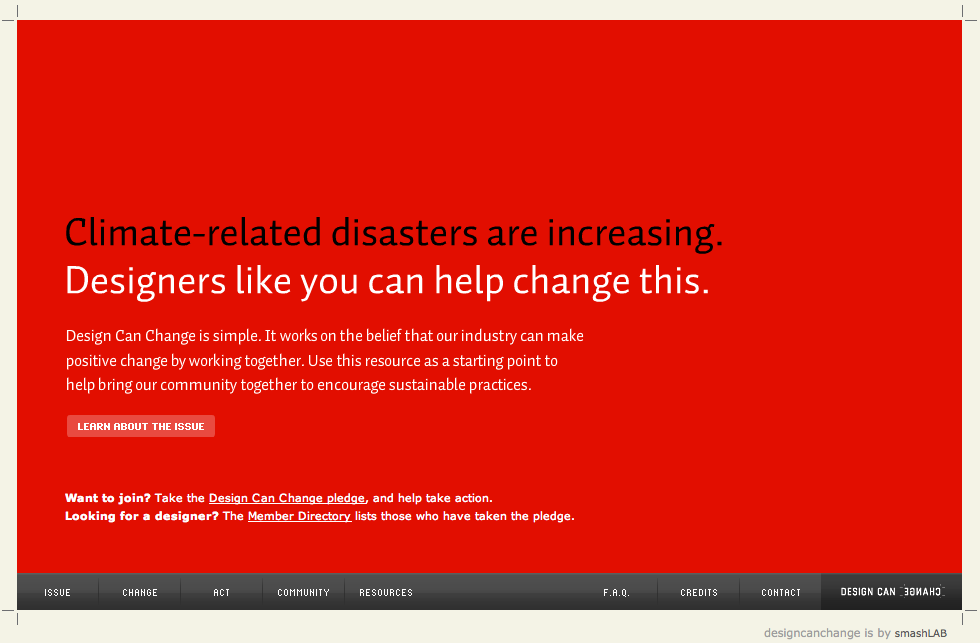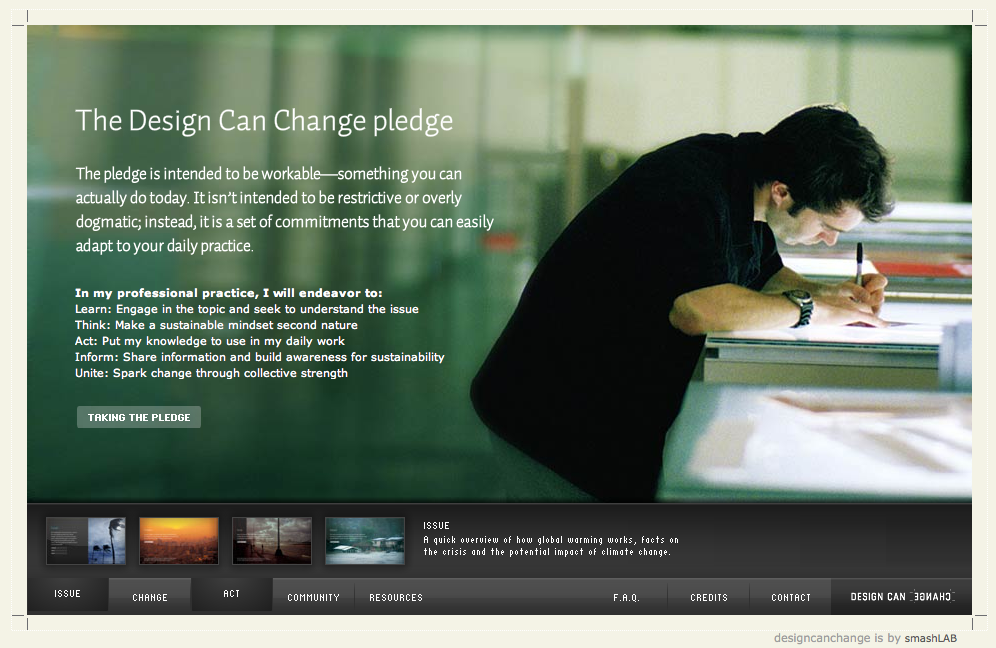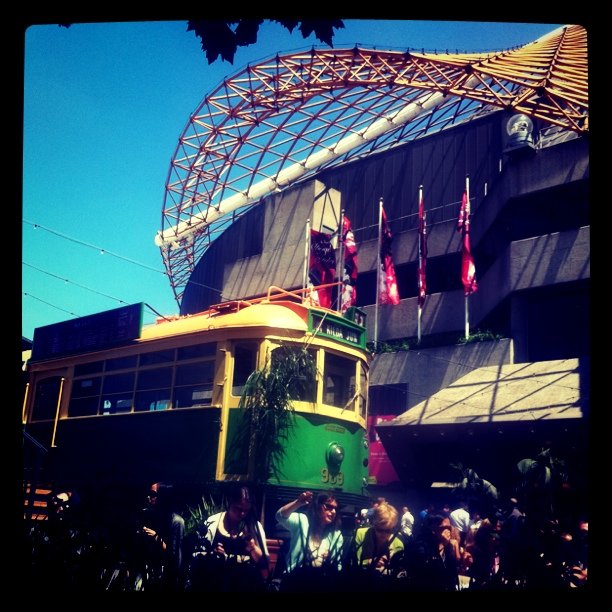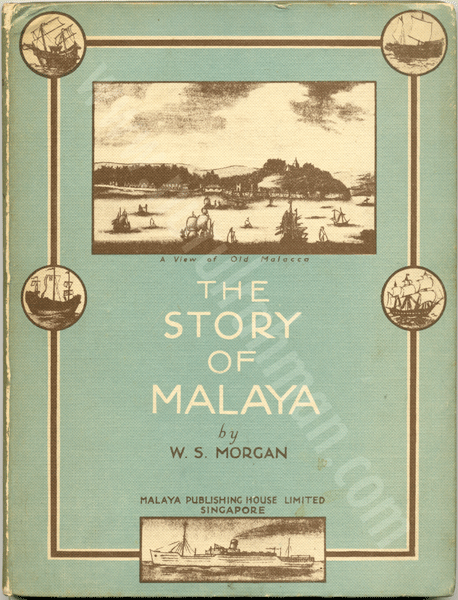I was thinking that I must have been far behind in the design world, when I began to step into a tutorial classes that I will take this semester at Swinburne University. It was my intimate relationship reading cultural studies, media and communication theory wrapping up my final PhD submission. I have not been much involved such industry practice but have been stuck years redoing reading and rewriting. Having said that, I am not completely far away, as it was the discussion that began its spark 5 years ago, rethinking design.
It was the question asked by my lecture in my first week of Master’s class. The question was ‘what is design?’ We came up with our own understanding of design coming from different design practices, and so the conversation about design began. Today, the conversation is still going and growing. I can see that the ‘talking’ years ago in about design, is growing and that much of the conversation has been taken up to ‘doing’. Action, making, doing, researching about design is the process of re-thinking about design, re-defining its roles, strengthening its boundaries and re-involving the action with humanity again has now are part of not only limited to design firm, but also in design education. And it is not only here in Australia, America, Europe but also in Asia. Basically it is the conversation about design around the world. It has been emphasized design conference, design dialogue and also industry practices. A talk by Rick Poynor in his visit to Melbourne June 2009, questioned ‘can graphic design save the world?” engaged in this conversation about rethinking design. This scenario does not happen in a small scale, in fact everywhere around the world designers from different cultural background stood up and make a pledge that design is more than just making everybody happy but also can be part of the action in saving the world (join design can change the world).
This video presentation in AIGA conference by David Butler, a vice president of global design at The Coca-Cola Company provide view about rethinking design. Also another discussion focus on typography design can be read from Rick Poynor’s blog about Rethinking Conceptual Type Design.
This semester I am looking forward to explore how design student view and go through the process of rethinking about design.
Re-thinking design is design in action (Nurul Rahman 2011)
threatens to disappear irretrievably. W.Benjamin 1930
We ask that you help us find solutions to climate change.
Dear designers,
I am a graphic designer. Those in my profession are involved in the design and marketing of almost every product and service you can imagine. We work with all levels of business, industry and government and shape how organizations communicate and present themselves.
I recently signed the Design Can Change pledge. This effort represents the collective efforts of a number of graphic designers around the world, who feel that climate change is a serious issue in need of immediate action. As a group, we are working to reduce the amount of waste generated by our industry, while building awareness around the issue, with our clients, suppliers and communities.
Im contacting you today with two requests. Firstly, I ask that you visit www.designcanchange.org and learn more about our efforts and how we are working to impact positive change. Additionally (and this is the most important part), Im asking you to make climate change a greater part of your mandate.
Although Im sure that you have many concerns to balance and consider, this one affects every single person on the planet; furthermore, I believe this topic will be key to the next election. In fact, climate change is one of the issues that I will be most sensitive to in considering who to vote for. I am urging my friends to vote similarly.
I trust in your ability to help us make positive change for the electorate, and all of our global neighbours. I also appeal to your moral sensibility at this critical time to make this issue key to our governments mandate.
Thank you,
Yours Sincerely,
Nurul Rahman
Visual Communication Consultant
NR Design Consultancy, Melbourne.







